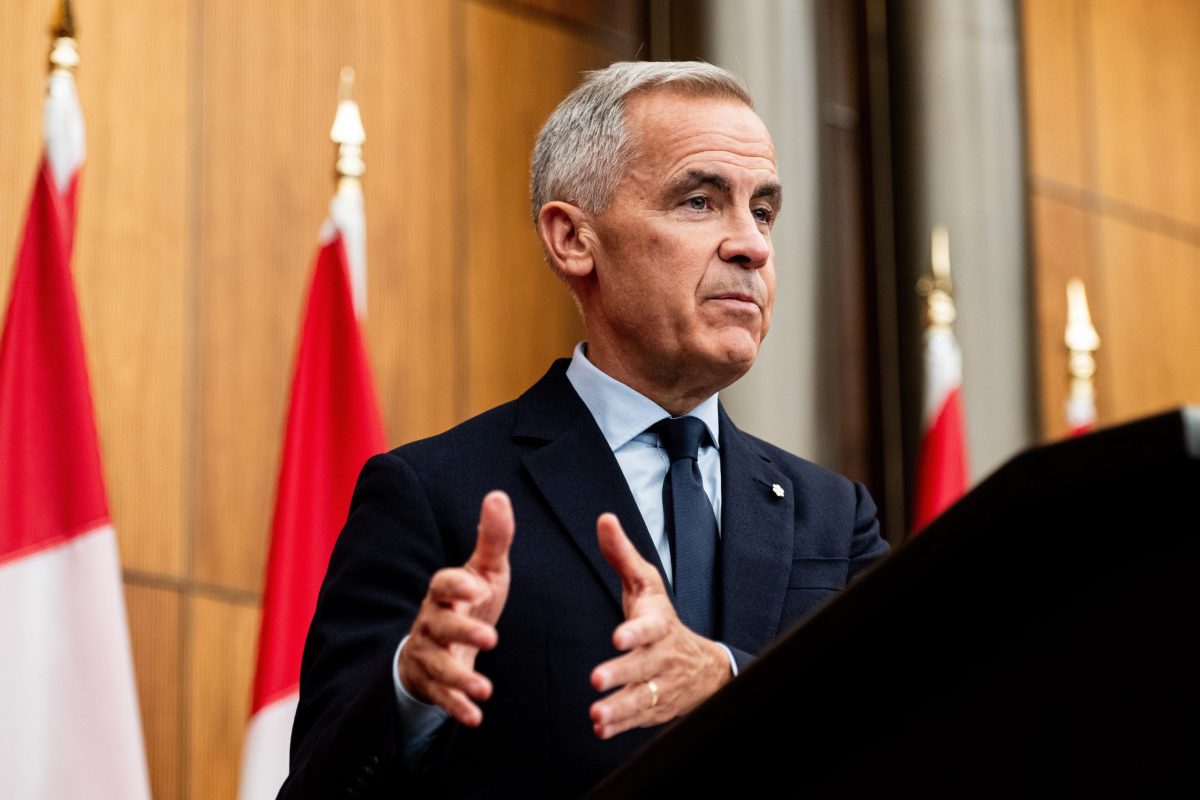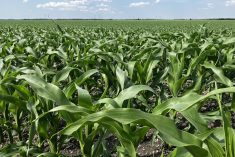Maple Leaf Foods is reducing production at its pork processing plant in Brandon because the company can’t purchase sufficient hogs to operate at full capacity, the Manitoba Pork Council says.
Maple Leaf is eliminating one day of production per month for the next five months.
“This temporary ‘brown-out’ is because of a lack of market hogs. This situation will not improve until producers build more barns to produce market hogs,” said Karl Kynoch, Manitoba Pork Council chair.
Dave Bauer, Maple Leaf spokesperson, said the company isn’t closing the plant one day a month.
Read Also

Canada lifts several import tariffs on U.S. goods as talks continue
Starting September 1, Canada will adjust its tariffs on agricultural products, consumer goods and machinery, Prime Minister Mark Carney announced at a press conference in Ottawa on Friday.
“It’s one non-production day a month … from May till September,” he said.
“We’re performing upgrades to the Brandon facility. Completing them on non-production days will eliminate the impact they have on our operations, allowing us to process hogs smoothly.”
Bauer said the Brandon plant isn’t operating at full capacity and the company does need more hogs, but many pork processors are struggling with a hog shortage.
“Hog supply across North America remains restricted. It’s an industry challenge. It’s not something Maple Leaf is facing alone…. Simply put, there are less hog producers in the market producing less hogs today than there were a few years ago,” he said. “We’re looking at alternative procurement strategies and this is a temporary supply challenge.”
Bauer said the Brandon plant is running under its capacity of approximately 90,000 hogs per week.
“(But) we are not significantly below.”
Kynoch said Manitoba farmers are willing to build additional hog barns, but stringent environmental regulations are “killing” potential investment in the sector.
“The number of market hogs could be increased as we have the sow base and the processing capacity to take the pigs,” Kynoch said. “But we need some help to lever more private capital investment on-farm and for government to stop forcing regulations, which discourage investment and do nothing for the environment.”
In 2011, the Manitoba government imposed a moratorium on hog barn construction or expansion in Manitoba unless the barn features sophisticated technology to treat the hog manure. The province developed the legislation to prevent additional phosphorus from flowing into Lake Winnipeg.
The Manitoba Pork Council has said the regulations are an unfair and unjustified attack on hog operations, which represent a small fraction of the total nutrients entering the lake.

















